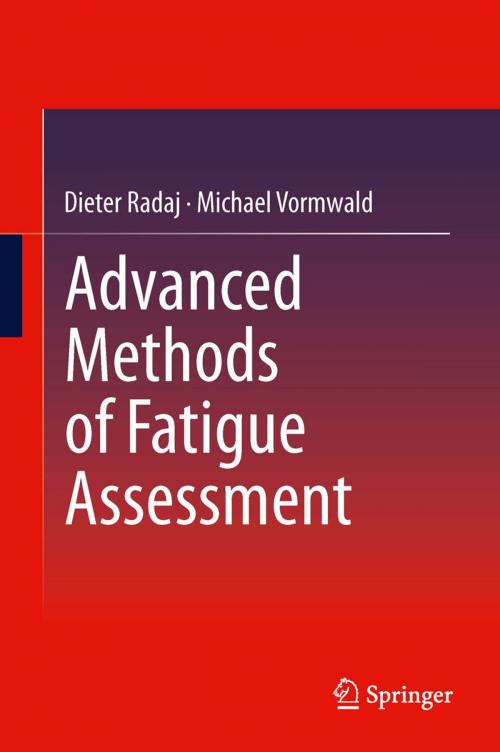Advanced Methods of Fatigue Assessment
Nonfiction, Science & Nature, Technology, Material Science, Industrial Design| Author: | Dieter Radaj, Michael Vormwald | ISBN: | 9783642307409 |
| Publisher: | Springer Berlin Heidelberg | Publication: | May 13, 2013 |
| Imprint: | Springer | Language: | English |
| Author: | Dieter Radaj, Michael Vormwald |
| ISBN: | 9783642307409 |
| Publisher: | Springer Berlin Heidelberg |
| Publication: | May 13, 2013 |
| Imprint: | Springer |
| Language: | English |
In five chapters, this volume presents recent developments in fatigue assessment. In the first chapter, a generalized Neuber concept of fictitious notch rounding is presented where the microstructural support factors depend on the notch opening angle besides the loading mode. The second chapter specifies the notch stress factor including the strain energy density and J-integral concept while the SED approach is applied to common fillet welded joints and to thin-sheet lap welded joints in the third chapter. The forth chapter analyses elastic-plastic deformations in the near crack tip zone and discusses driving force parameters. The last chapter discusses thermomechanical fatigue, stress, and strain ranges.
In five chapters, this volume presents recent developments in fatigue assessment. In the first chapter, a generalized Neuber concept of fictitious notch rounding is presented where the microstructural support factors depend on the notch opening angle besides the loading mode. The second chapter specifies the notch stress factor including the strain energy density and J-integral concept while the SED approach is applied to common fillet welded joints and to thin-sheet lap welded joints in the third chapter. The forth chapter analyses elastic-plastic deformations in the near crack tip zone and discusses driving force parameters. The last chapter discusses thermomechanical fatigue, stress, and strain ranges.















